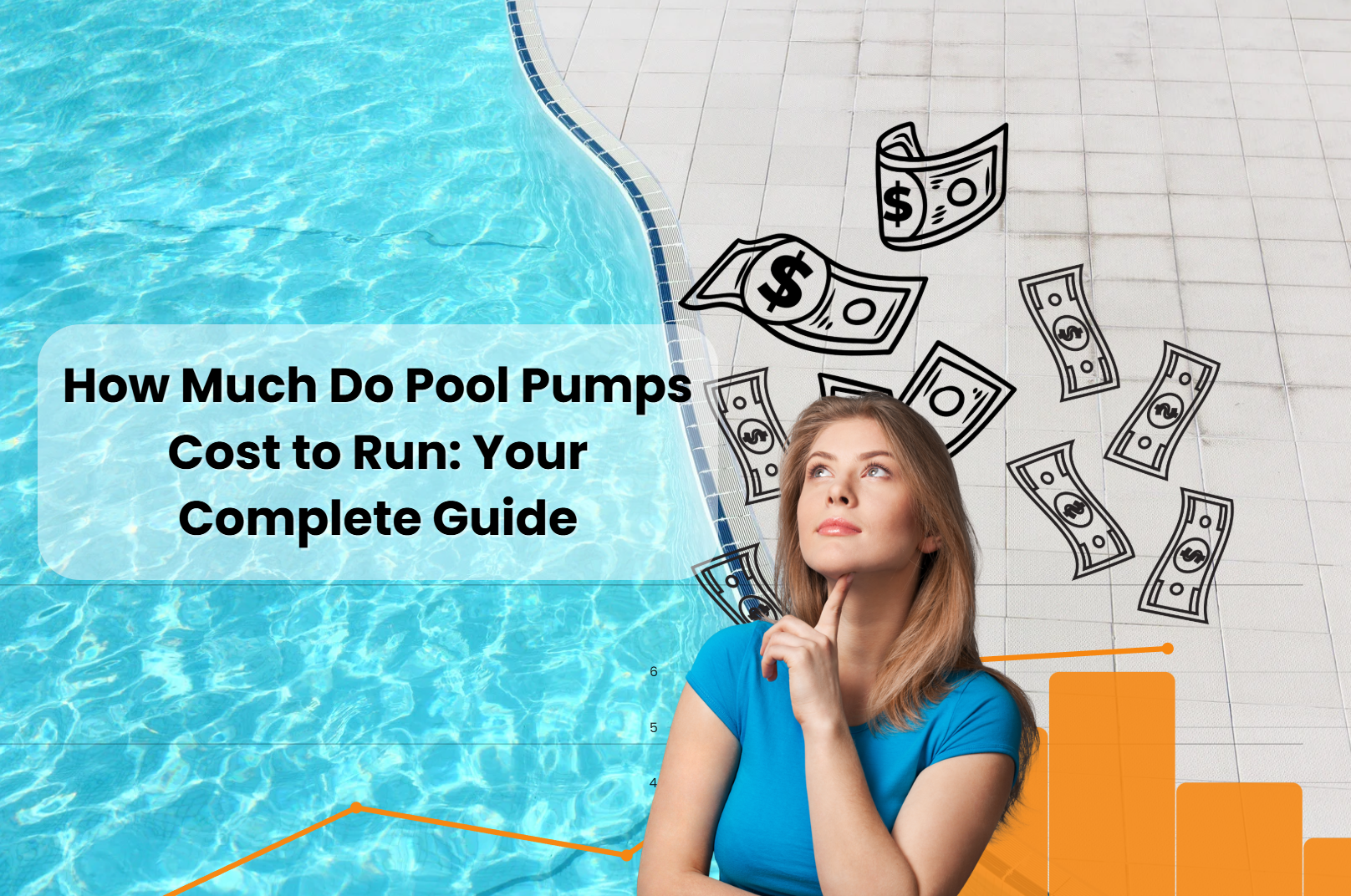
How Much Do Pool Pumps Cost to Run: Your Complete Guide
Understanding Average Daily, Monthly, and Yearly Expenses
Running costs usually fall between $1–$5/day. That adds up to about $30–$150/month, or $300–$800/year—depending on pool pump type, power, and your local electricity rates.
Key Factors Influencing Your Pool Pump’s Electricity Bill
Pump Type and Efficiency (Single‑speed, Dual‑speed, Variable‑speed)
Single‑speed pumps run full blast, all the time. Dual‑speed models let you slow things down. Variable‑speed units can cut energy use by 50–80%.
The Pentair IntelliFlo 3 VSF variable‑speed pump is feature‑packed and energy‑smart—great for max savings and quiet operation.
On the flip side, the FibroPool Single Speed Inground Pool Pump is a reliable, simple workhorse if you're not ready to go variable‑speed.
Pump Horsepower and Pool Size
A 1.5‑2 HP pump uses more electricity than a 1 HP unit. Bigger pumps cost more to run, so match pump size to your pool’s volume for best results.
Daily Run Time and Local Electricity Rates
Flip it on for 8 hours? Expect 16 kWh/day from a 2 HP pump. At $0.15/kWh, that’s $2.40 daily. Run longer or have higher rates? Costs rise fast.
Calculating Your Specific Pool Pump Operating Costs
Here’s a clean formula:
-
Find your pump’s wattage (Volts × Amps)
-
Convert to kW (÷ 1,000)
-
Multiply by hours run per day
-
Multiply by your local rate (¢/kWh)
You’ll get your daily $ cost in seconds—no rocket science needed.
Smart Strategies to Save on Pool Pump Costs
Investing in Energy‑Efficient Pool Pump Technology
Upgrading to variable‑speed, like the Pentair IntelliFlo, can save nearly 80% in energy costs over a standard pump. It pays itself back in 2–3 years, even if it costs a bit more upfront.
Optimizing Pool Pump Usage for Maximum Savings
Running During Off‑Peak Hours
Use a timer to run your pump during cheap rate times—like overnight. That simple tweak can cut bills noticeably.
Proper Sizing and Maintenance
A clean system runs smoother. Clear filters, tighten seals, and pick the right horsepower. You’ll avoid power waste and pump strain.
Leveraging Other Cost‑Saving Solutions
Pool Covers and Blankets
Cover your pool to keep heat in and evaporation low. That means the pump—and heater—don’t have to work as hard.
Considering Solar Power for Your Pool
Add solar panels or a solar pump backup to offset grid use. If you get enough sunlight, that daily $$ savings adds up.
Real‑Life Tip
We've read about a Reddit user saying that they run their variable‑speed pool pump 24/7 at low setting and see minimal extra costs- this beats switching it off and on. Cheaper in long‑run, and on the wear and tear, too!
Related reading:




Leave a comment